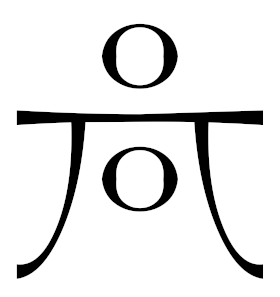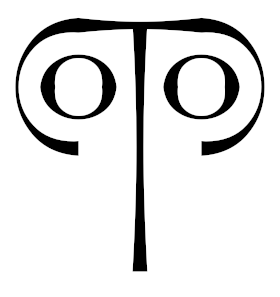Poughkeepsie, New York
At this scale the Sun is about the size of a soccer ball, the Earth is about the size of a peppercorn, and Pluto is a grain of salt about 1000 yards from the Sun.As you walk among the planets you will not just see but also feel the vast emptiness of space even in our own solar system.
| Solar System Object |
Model Object and Diameter |
Distance† (in AU) | Added Distance |
Total Distance |
||||
|---|---|---|---|---|---|---|---|---|
| Object | inches | mm | AU | yards | meters | yards | meters | |
Sun

|
a soccer ball | 8.7'' | 22 cm | 0.00 | 0 yd | 0 m | ||
Mercury

|
a pin head | 0.030'' | 0.8 mm | 0.39 | +10 yd | +9 m | 10 yd | 9 m |
Venus

|
a peppercorn | 0.075'' | 1.9 mm | 0.72 | +9 yd | +8 m | 19 yd | 17 m |
Earth

|
a peppercorn | 0.079'' | 2.0 mm | 1.00 | +7 yd | +7 m | 26 yd | 24 m |
Mars

|
a pin head | 0.042'' | 1.1 mm | 1.52 | +14 yd | +12 m | 39 yd | 36 m |
*Ceres

|
half a grain of salt |
0.006'' | 0.15 mm | 2.77 | +32 yd | +29 m | 72 yd | 65 m |
Jupiter

|
a walnut, or chestnut |
0.89'' | 23 mm | 5.20 | +63 yd | +57 m | 134 yd | 123 m |
Saturn

|
an acorn or hazelnut |
0.75'' | 19 mm | 9.58 | +113 yd | +103 m | 247 yd | 226 m |
Uranus

|
a coffee bean | 0.318'' | 8 mm | 19.2 | +249 yd | +228 m | 497 yd | 454 m |
Neptune

|
a coffee bean | 0.308'' | 8 mm | 30.1 | +281 yd | +257 m | 777 yd | 711 m |
*Pluto

|
a grain of salt | 0.015'' | 0.38 mm | 35.1† ↑ | +129 yd | +118 m | 906 yd | 829 m |
*Quaoar

|
a grain of salt | 0.007'' | 0.17 mm | 42.7† | +196 yd | +179 m | 1102 yd | 1008 m |
*Haumea

|
a grain of salt | 0.010'' | 0.25 mm | 49.9† ↓ | +187 yd | +171 m | 1290 yd | 1179 m |
*Makemake

|
a grain of salt | 0.009'' | 0.23 mm | 52.7† ↑ | +71 yd | +65 m | 1360 yd | 1244 m |
*Eris

|
a grain of salt | 0.014'' | 0.37 mm | 95.6† ↓ | +1109 yd | +1014 m | 2470 yd | 2258 m |
| *dwarf planets | Model Object |
Diameter |
Distance (in AU) † semi-major axis | Added Distance |
Total Distance |
|||
Scale: 1 inch = 100,000 miles -- On this scale the next nearest star, Proxima Centauri, would be about 4,000 miles away!
† The orbits of the planets are elipses. The distances reported for the major planets are the semi-major axis of the orbit. The distances for the dwarf planets are the actual distance from the Sun at some recent time and will be updated occasionally. The arrows ↑ and ↓ indicate whether the object's distance from the sun is currently increasing or decreasing.
That said, here are some locations where the model has been set up with success, including maps to show where the planet stations can be placed.
The 1000 yard model or Peppercorn Model is not the only scale model of the solar system, though it does have the distinct advantage of illustrating the relative scales of the planets and their orbits using everyday objects. Models at other scales can do the same thing, though there has to be some balance: of the model is too small in distance, the planets will be too small to see; if the planets are larger then the distances may be too large to travel comfortably.
That said, here are some other scale models of the solar system that use the same scale for the sizes of the planets and the sizes of their orbits.
| Copyright © 2025 by Spy Hill Research | https://www.Spy-Hill.net/myers/peppercorn/index.php | (served by jura.spy-hill.com) | Last modified: 13 June 2025 |